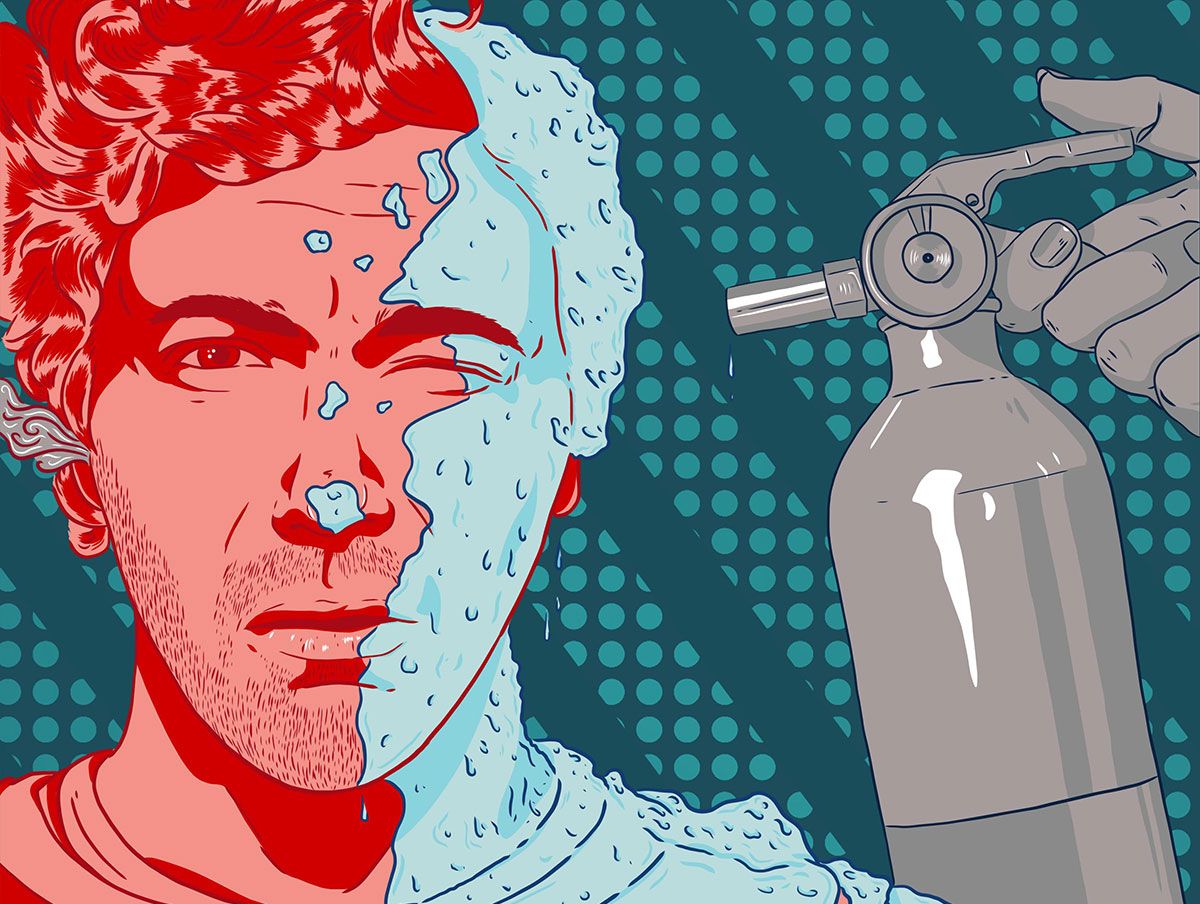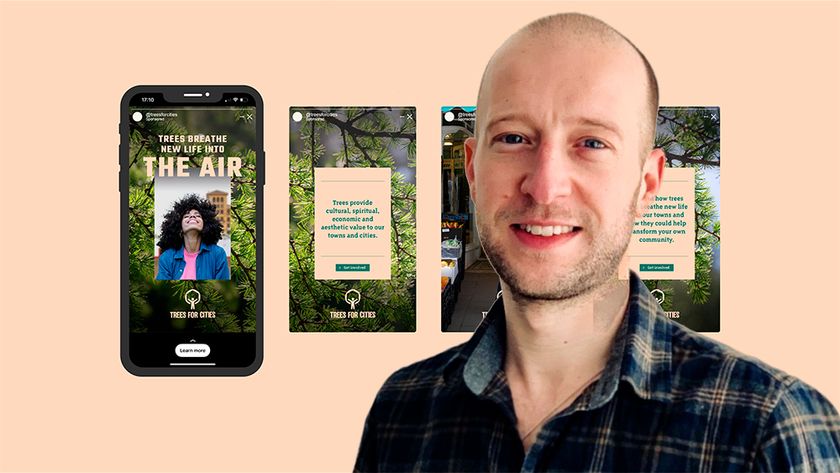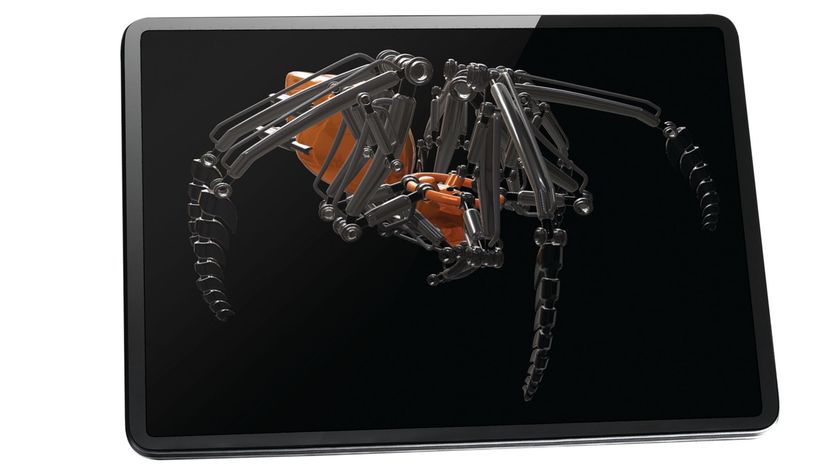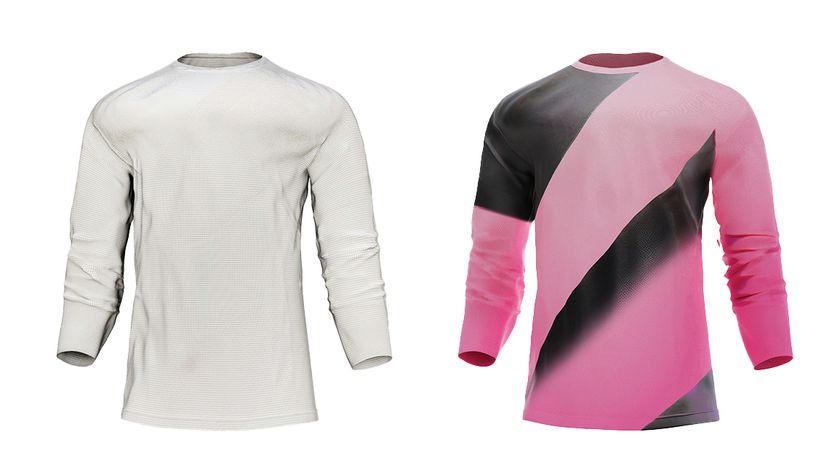How to cope with burnout
Don't wreck yourself. Here's how to prevent, diagnose and manage burnout at work.

It's crunch time. You're coming in early. Staying late. But it's just until this last deadline. Until you deliver this last thing. But if you look back, it's been crunch time for as long as you can remember. There's always one more big project between you and finally being able to relax again. What is this high stress, always-on way of working doing to you?
Burnout can happen when stress and overwork outpace your ability to heal and recuperate. Sufferers report difficulty sleeping, emotional and physical exhaustion, emotional changes and decreased ability to function in both their professional and personal lives.
Physical symptoms may also include stomach issues, tiredness, eyestrain and persistent headaches. Those impacted often report taking months or even years to fully recover. While the focus on burnout and its impact on our lives may seem new, the concept of occupational burnout dates back to the 1970s.
Unfortunately, the always-on and high demand nature of many workplaces in technology places us at a higher risk of burning out. So how can we best avoid burning out, recover when we are impacted and create healthier ways of working overall?
If you're looking to simplify things, getting your tools right will help. We've got web design advice covering everything from the perfect website builder (guaranteed to be no-fuss), web hosting service (an involved provider can help take the pressure off, and a top-level cloud storage option will make collaboration seamless.
How to prevent burnout
They say prevention is better than a cure and the best way to cope with burnout is to avoid burning out in the first place. As the pressures of sustained stress and overwork bring burnout, our first line of defence is creating a clear separation between work and personal lives. Although creating this division can be challenging in an industry where email, social media and comms tools aim to keep us continually connected to our work.
Set limits
For freelancers, this is a matter of pure willpower. Begin setting limits on where you work, limiting your working activities to your workspace or home office. Creating a clear physical space where you work enables you to physically leave when you're done. This should help you leave work stresses behind you when you leave your workspace.
Clearly define what counts as work to you. Activities like answering emails or chasing invoices are work, but often creep into personal time for freelancers. As work activities spill into your personal time, they bring work stress and an increased risk of burnout with them. Once you've managed to limit all (or more realistically, most) of your work activities into a single space, you can work to set limits on the amount of time spent on work. Remember that longer days don't result in more or better output, with research suggesting that somewhere between six and eight hours a day is best for productivity and lets you minimise burnout risks.
Find the right employer
If you're not freelance, your ability to create healthy working patterns depends on your employer supporting and encouraging a non-toxic culture. Your employer's offices can provide a workspace more clearly separate from your personal life than a home office, but your ability to unplug from work can very much depend on employer expectations.
Remember that longer days don't result in more or better output.
Setting boundaries like ignoring your emails or snoozing Slack can be dangerous in a setting where you're expected to remain connected to your work. Employers expecting mandatory overtime or enforcing crunch conditions can place you further at risk of burnout. If you can't push back against these expectations to set ways of working that keep you healthy and productive, looking for employers who can help you take care of yourself can be a valuable long-term priority. Developing and defending healthy working patterns are the key to preventing burnout; if your employer isn't an ally in this effort, you may need a better job.
How to recover from burnout
If you can't prevent burnout, catching it early can help you reduce your recovery time. Katie McLaughlin, SRE, talks about the ability to "self-identify that I'm feeling slightly burnt out, more of a 'medium rare'" and working to adapt her work and life into healthier patterns in response. The early stages of burnout can feel like jetlag or gentle exhaustion. Many in the 'medium-rare' stage report being quicker to anger, less patient and having trouble getting to sleep at night.
Take the time you need
In the same way that prolonged pressure brings on burnout, recovering from early stage burnout requires a reduction of pressure and time. Aim to spend less time at work, on high pressure tasks and attempt to avoid professional conflict while you recover. Look critically at your side projects to see which of them may be draining you further. As a rule of thumb, try not to jump back into the pressures of your life too quickly after taking some time out to recover. Taking too little time could leave you vulnerable to cooking back up to medium-rare quickly, while taking extra time to recover is unlikely to cause damage.
Those suffering from early stage burnout can recover by doing less for relatively short restorative periods.
Catching burnout early is quite difficult, especially for those who haven't been impacted by burnout before. Symptoms of more extreme burnout will be more intense. Memory issues, insomnia and attention challenges can all join and exacerbate the more subtle symptoms of early stage burnout.
People unaware of burnout or too busy to heed the warning signs may try to work through burnout, stopping only when the symptoms overcome their ability to continue. Those suffering from early stage burnout can recover by doing less for relatively short restorative periods. Recovering from more advanced burnout requires stripping your life down to as few stressors as possible for stretches that can seem impossibly long.
Docker's Jérôme Petazzoni took almost two years to recognise the increasing impact that burnout was having on his work and life. He noticed after a particularly stressful period that he was unable to engage in any work that required creativity.
He talks about finding himself "only capable of performing what I'd call 'reactive duties': I would show up in meetings, reply to questions and emails, and I could even deliver conference talks when I was familiar enough with the content. But my creative process was completely stopped." He's been carefully working to reduce the pressures and may take a long break from work in an effort to fully recover.
Make sure you take a break
To heal from the more advanced stages of burnout, you'll need more time away from daily pressures. Taking time off work is a critical recovery step for many in the critical stages of burnout who are able to afford it. Many technologists take months or years off work, some returning gradually or in a part-time capacity.
For those of us unable to take long breaks from work, cutting down on hours worked, eliminating side projects and reducing the intensity of work duties can be a route to relieving some pressure to begin to heal. Dramatically cutting down on the hours you work and the pressures connected to your workday are vital.
Trying to work through burnout requires an understanding and accommodating working environment where your health is being actively supported. The idea of switching roles while fried may seem daunting, but removing yourself from a toxic workplace or workload is an investment in your recovery. Redirecting energy away from work and stressors and into calming hobbies or activities may help you refocus.
Burnout has been widely studied across the fields of psychology, occupational studies and medicine but doesn't exist as a dedicated medical diagnosis. Many burnout symptoms overlap with symptoms of depression, anxiety disorders or other serious mental or physical health concerns. If you have recently been impacted by symptoms that sound like those described in this article or have had other significant changes to your health or mood, seek advice from a medical professional.

This article was originally published in net, the world's best-selling magazine for web designers and developers. Subscribe here.
Related articles:

Thank you for reading 5 articles this month* Join now for unlimited access
Enjoy your first month for just £1 / $1 / €1
*Read 5 free articles per month without a subscription

Join now for unlimited access
Try first month for just £1 / $1 / €1
Get the Creative Bloq Newsletter
Daily design news, reviews, how-tos and more, as picked by the editors.












